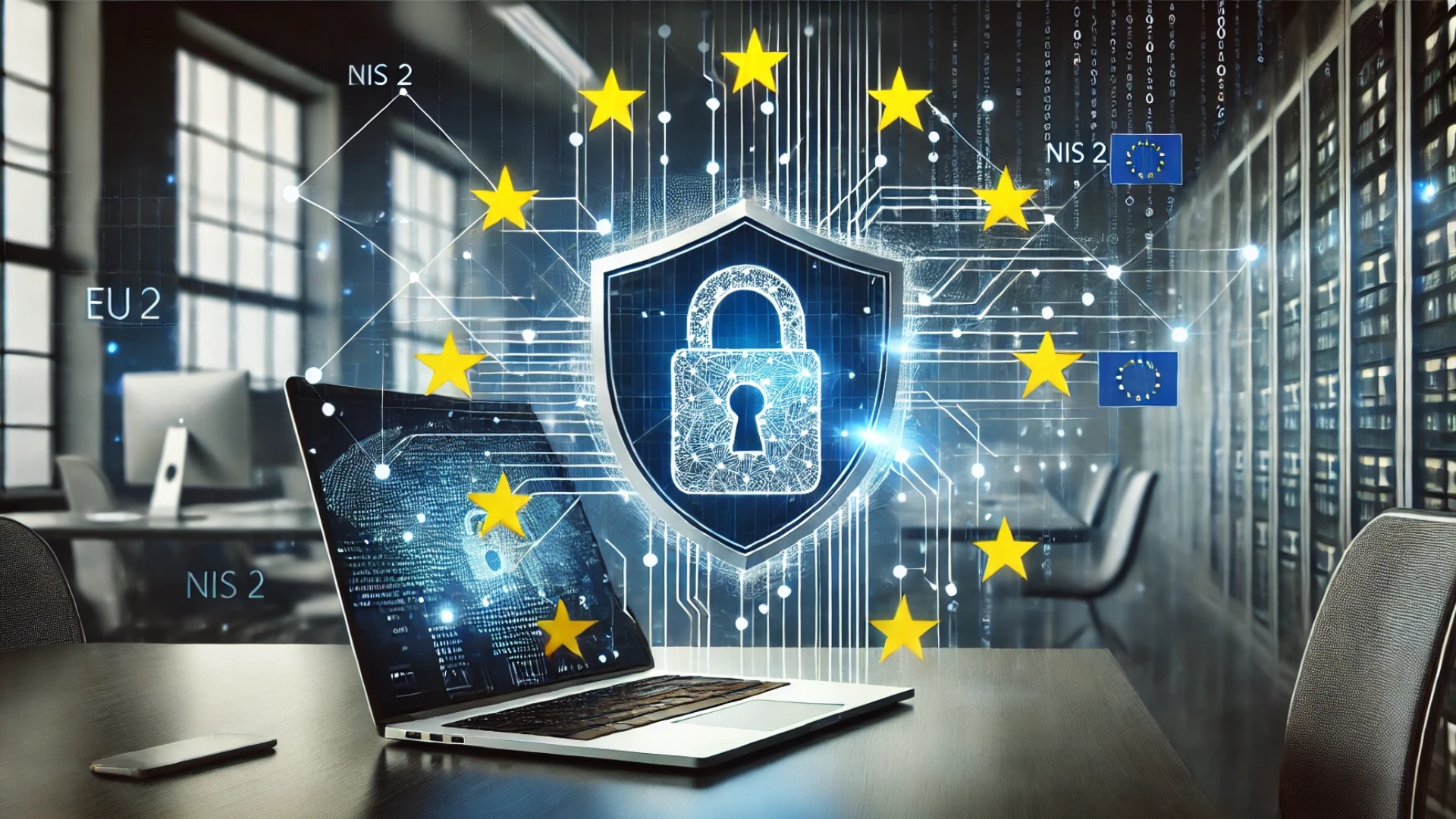
Introduction to NIS 2, ISO 27001 and related standards
In today's digital world, where cyber threats are becoming more frequent and complex, robust security standards are essential. Among the most important regulations are the NIS 2 directive and the ISO 27001 standard. While NIS 2 is an EU-wide, legally binding directive aimed at securing critical infrastructure, ISO 27001 provides a globally recognized framework for managing information security.
In addition to NIS 2 and ISO 27001, there are other important standards and regulations that support companies in ensuring their information security and data protection compliance. These include PCI DSS (Payment Card Industry Data Security Standard) for the protection of credit card data, GDPR (General Data Protection Regulation) for data protection in the EU, HIPAA (Health Insurance Portability and Accountability Act) for the protection of sensitive health data in the USA, NIST 800-53 for security and data protection controls in the US federal administration and TSC (Trust Services Criteria) for the security and availability of IT services.
These standards complement each other in many ways and help organizations develop comprehensive security strategies that both meet regulatory requirements and build trust with customers and partners. In this article, we take a closer look at the NIS 2 guideline, compare it with the ISO 27001 standard and show how these two sets of rules can work together in an integrated security strategy.
What is NIS 2?
The NIS 2 Directive (Network and Information Security Directive 2) is a further development of the original NIS Directive, which was introduced in 2016 as the first EU-wide legal framework for cyber security. The aim of NIS 2 is to strengthen the resilience of critical infrastructure to cyber threats and ensure a higher level of cybersecurity in EU Member States. The directive aims to improve the security of network and information systems by setting strict requirements for risk and security management.
Affected sectors and companies
The NIS 2 Directive affects a wide range of sectors that are considered critical to society and the economy. These include, among others:
Energy (e.g. electricity, gas, oil)
Transportation (e.g. aviation, rail, water)
Finance (e.g. banks, financial markets)
Healthcare (e.g. hospitals, medical research)
Digital infrastructure (e.g. cloud services, data centers)
Important requirements and deadlines
The core requirements of NIS 2 include
Implementation of measures to minimize risk and strengthen cybersecurity.
Obligation to report serious security incidents to the competent national authorities within 24 hours
Ensuring the continuous monitoring of network and information systems.
EU member states must implement and publish the necessary measures to comply with the NIS 2 Directive by October 18, 2024. From this date, all affected companies are obliged to actively comply with the directive.
ISO 27001: A proven standard for information security
ISO 27001 is an internationally recognized standard that provides a systematic approach to managing sensitive corporate information to ensure its security. The standard defines requirements for the establishment, implementation, maintenance and continual improvement of an information security management system (ISMS).
Areas of application and main components
ISO 27001 is flexible and can be implemented in organizations of any size and in any industry. The standard is based on the risk management approach and requires organizations to identify and assess potential security risks and take appropriate measures to mitigate them. The main components of the ISO 27001 standard include
Risk assessment: identification and evaluation of risks to information security.
Security controls: Implementation of measures to reduce or eliminate identified risks.
Continuous monitoring: Regularly reviewing and updating the ISMS to adapt to new threats.
ISO 27001 is voluntary, but can become mandatory due to contractual requirements or industry-specific regulations. Bright IT, for example, has been operating an information security management system since 2017 and is certified in accordance with the ISO 27001 standard and is regularly independently audited. Among other things, this allows us to handle even the most sensitive customer data professionally.
Similarities and differences between NIS 2 and ISO 27001
While both NIS 2 and ISO 27001 place high demands on information security, there are significant differences between the two sets of rules.
Binding nature and legal framework
NIS 2 is a legally binding directive within the EU that is mandatory for certain sectors and companies.
ISO 27001, on the other hand, is a voluntary standard that is often made mandatory by contracts or industry requirements.
Risk management and security measures
Both frameworks emphasize risk management, but differ in terms of flexibility:
ISO 27001 offers organizations the flexibility to develop their own risk management strategies.
NIS 2 prescribes specific measures, including the obligation to report incidents and cooperate with national authorities.
Management and reporting requirements
NIS 2 requires top management to be actively involved in the cyber security strategy.
ISO 27001 also requires management involvement, but not to the same extent as NIS 2.
Sanctions and monitoring mechanisms
NIS 2 provides for strict sanctions for non-compliance, including potential fines of up to €10 million or 2% of global turnover.
ISO 27001 is based on regular internal and external audits, with the main sanction being loss of certification.
How NIS 2 affects ISO 27001 certification
Implementation of the NIS 2 directive can complement and reinforce ISO 27001 certification. Organizations that are already ISO 27001 certified have implemented a structured approach to information security that covers many of the requirements of NIS 2. By combining both sets of regulations, organizations can:
Ensure compliance: Adhering to both standards ensures that the organization meets both legal and market-driven requirements.
Manage risks better: NIS 2 complements ISO 27001 with more stringent incident reporting and government monitoring, resulting in more robust security management.
Conclusion and recommended action
It is crucial for organizations to understand and implement the requirements of NIS 2 and ISO 27001. While ISO 27001 provides a flexible and proven framework for information security, NIS 2 ensures that cybersecurity is enforced at national and EU level. A combined implementation of both frameworks strengthens the cybersecurity strategy and effectively minimizes risks.
Next steps
Review your current security strategy and processes.
Evaluate the extent to which NIS 2 and ISO 27001 apply to your company.
Plan the integration of both standards into your security architecture.
Secure and powerful web development with us
Regardless of whether your company is affected by the NIS 2 directive or not, we offer you customized, secure and high-performance . Our expertise will help you protect your IT infrastructure while achieving your business goals. Contact us to find out more about our services and how we can help you maximize the security and efficiency of your digital platforms.



